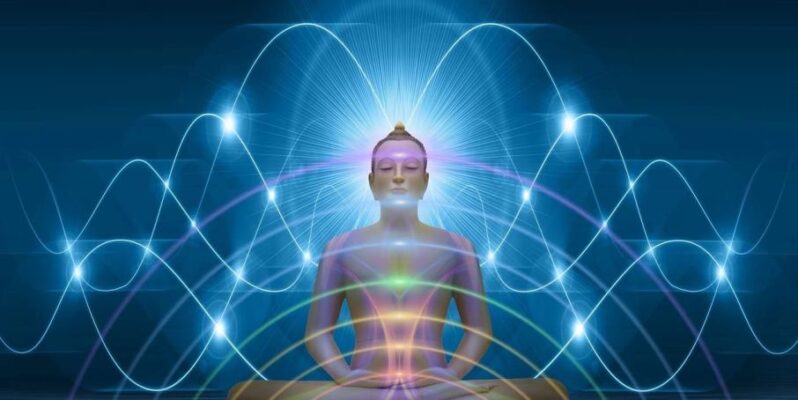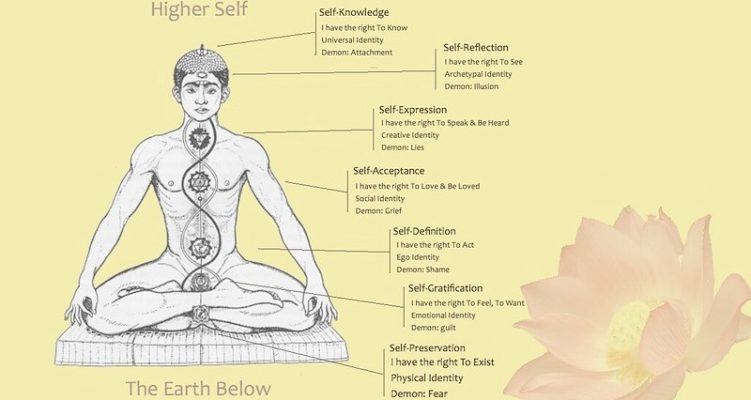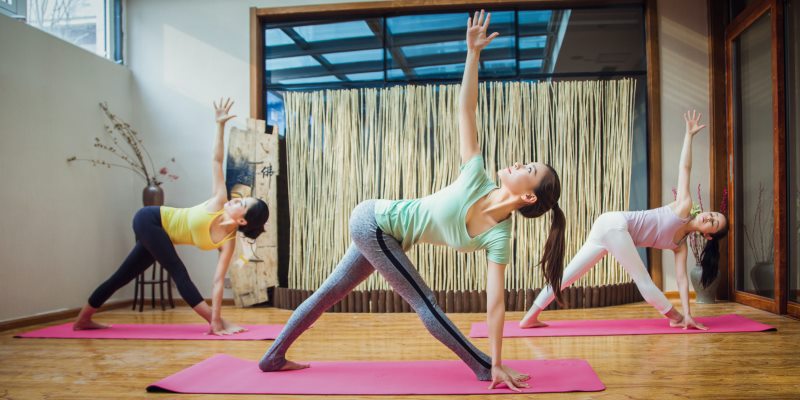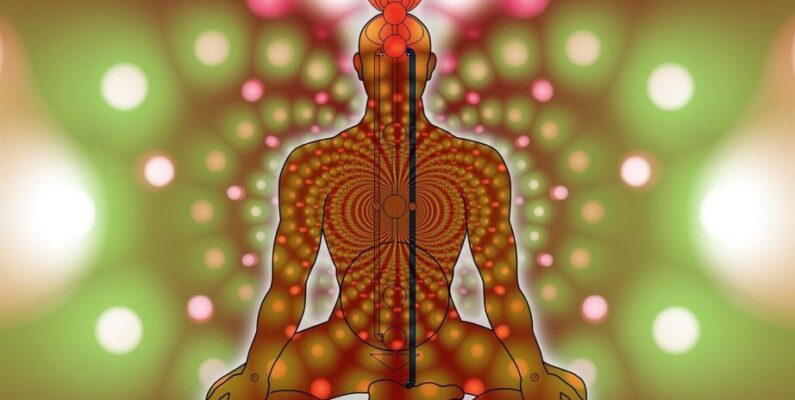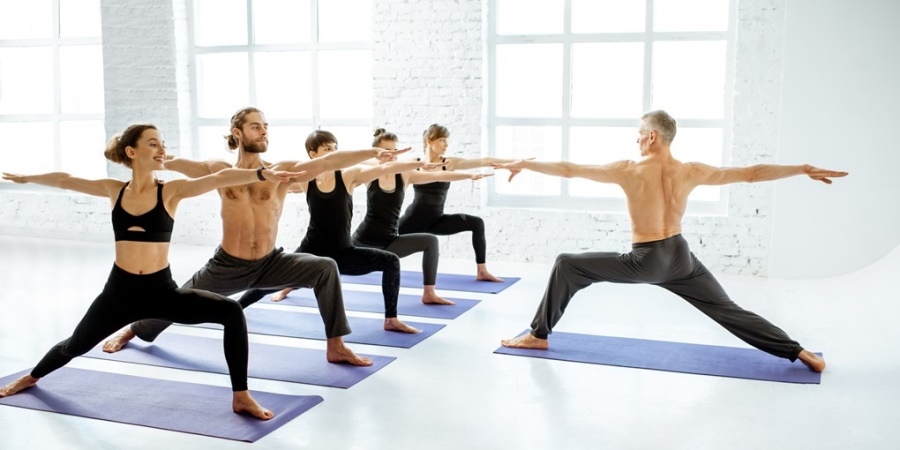
There’s often some confusion about the differences between Ashtanga, Vinyasa, and Ashtanga Vinyasa Yoga, which is usually caused by both the ambiguous use and the similarity of those names i.e. labels for certain distinct types of Yoga. In this post we shed some light on this issue.
Ashtanga Yoga
The actual, original Ashtanga Yoga is the Yogic practice described in Maharishi Patanjali’s Yoga Sutras, which are a collection of Sanskrit texts on Yoga, thought to have been composed between 200 BCE – 400 CE.
The word Ashtanga (or Astanga) is made up of two parts: Ashta (meaning “eight”) and anga (meaning “limb”), thus Ashtanga Yoga means Eight Limbs of Yoga, which refers to the eight distinct steps or parts of this Yoga system.
The ultimate goal of Ashtanga Yoga is to prepare oneself morally, physically, and mentally for a profound spiritual meditation practice, called Dhyana, to achieve Samadhi, a trance-like meditative state that reveals the true nature of ourselves and of existence.
Ashtanga Vinyasa Yoga
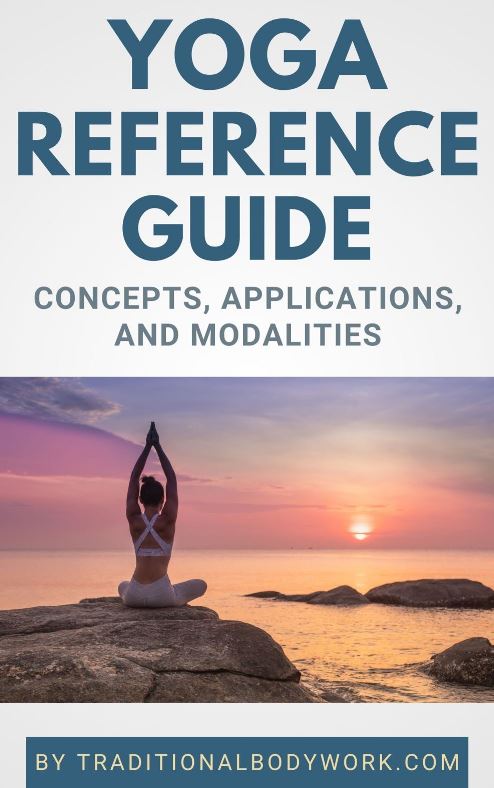
Ashtanga Vinyasa Yoga, however, is a contemporary style of so-called Yoga as Exercise, developed much later than Ashtanga Yoga, in the twentieth century. The founder was Krishna Pattabhi Jois (1915 – 2009), who was inspired by his Yoga teacher and Guru Tirumalai Krishnamacharya (who is considered the founder of Vinyasa Yoga, of which we will talk about in the next section of this post).
Ashtanga Vinyasa Yoga is generally considered the modern-day form of classical Indian Yoga as described in the Yoga Sutras of Patanjali (Ashtanga Yoga). Ashtanga Vinyasa Yoga uses many elements of Patanjali’s Eight Limbs system, and aims at the same goals, that is, profound meditation (Dhyana) and spiritual enlightenment (Samadhi).
Nevertheless, an import difference with classical Ashtanga Yoga is the use of the so-called Vinyasas, which are a range of pre-defined sets of flowing sequences of Yoga exercises that give this type of Yoga a rather vigorous, fitness-like form. As such, the classification of Ashtanga Vinyasa Yoga as a modern Yoga as Exercise modality.
The problem that has arisen to distinguish between Ashtanga Yoga and Ashtanga Vinyasa Yoga is that Ashtanga Vinyasa Yoga is commonly called Ashtanga Yoga. By contrast, the actual, true Ashtanga Yoga (from Patanjali) is usually referred to as the Eights Limb Yoga or Patanjali’s Yoga system.
Vinyasa Yoga

The Vinyasa Yoga practice (aka Vinyasa Krama Yoga or Vinyasa Flow Yoga) is characterized by dynamic Vinyasas (flowing, connecting Yoga exercise sequences).
The important difference between Vinyasa Yoga and Ashtanga Vinyasa Yoga is that each Vinyasa Yoga class is different, that is, the Vinyasas are not pre-defined or fixed (such as in Ashtanga Vinyasa Yoga), but “designed as needed” and very much depending on the style and intention of the Yoga instructor.
The development of Vinyasa Yoga (which is also considered a Yoga as Exercise modality) is attributed to Tirumalai Krishnamacharya (1888 – 1989), “the Father of Modern Yoga,” and the teacher Guru of Krishna Pattabhi Jois (the founder of Ashtanga Vinyasa Yoga). Apart from its Vinyasa characteristics (flowing sequences and transitions), Vinyasa Yoga borrows from the Yoga Sutras of Patanjali (Ashtanga Yoga), but likewise from classical Hatha Yoga.







